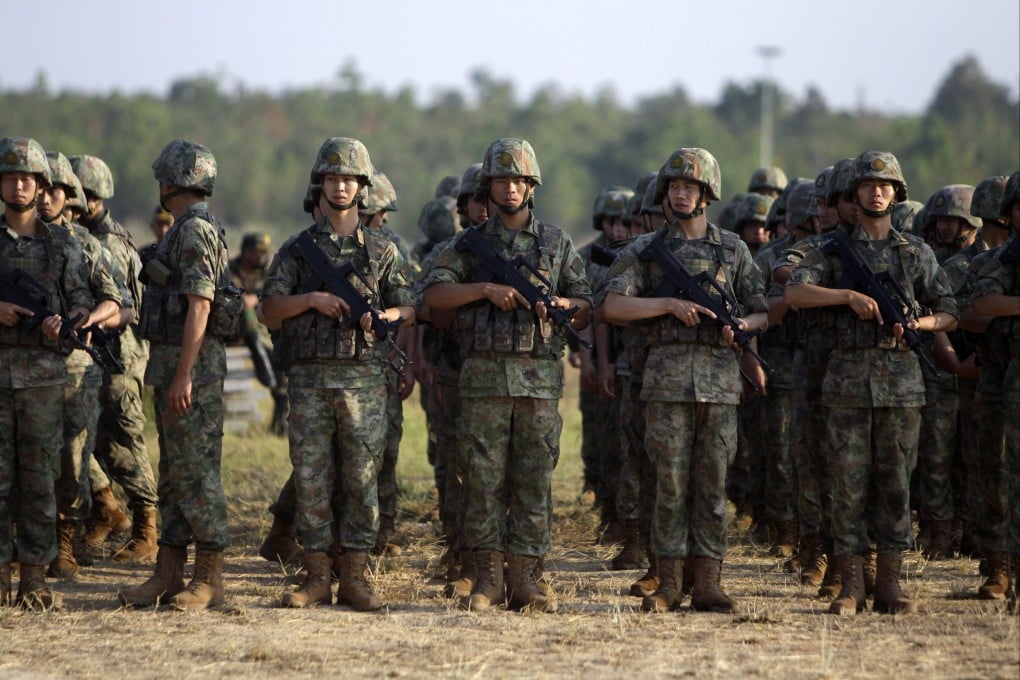Advertisement
In military drills with Cambodia, China aims to counter shift towards US, say analysts
- Golden Dragon 2023 includes military drills with joint naval exercise in Cambodian waters for first time and soft cultural skills: Chinese defence ministry
- Defence observers predict Beijing will try to align more closely to other nations such as Indonesia as it projects power in Southeast Asia
Reading Time:3 minutes
Why you can trust SCMP
9

China and Cambodia wrapped up two weeks of joint drills this week in what analysts said was Beijing’s latest effort to mitigate American influence in Southeast Asia.
During the “Golden Dragon 2023” drill between March 23 and April 5, troops from both countries conducted a range of exercises, from blockade and control, to hostage rescue, epidemic disinfection, mine clearance and explosive removal, according to China’s defence ministry.
It was the fifth such exercise between China and Cambodia, which is a traditional ally of China in Southeast Asia.
Advertisement
But it was the first time their exercises included naval manoeuvres in waters off Sihanoukville, a city in southwestern Cambodia on the Gulf of Thailand.
Besides typical exercises aimed at improving military abilities, these exercises also included soft skills, with service personnel from both countries holding cultural performances on the sidelines – such as singing, dancing and calligraphy – which could “deepen understanding and friendship”, according to Chinese state broadcaster CCTV.
Advertisement
Advertisement
Select Voice
Choose your listening speed
Get through articles 2x faster
1.25x
250 WPM
Slow
Average
Fast
1.25x
